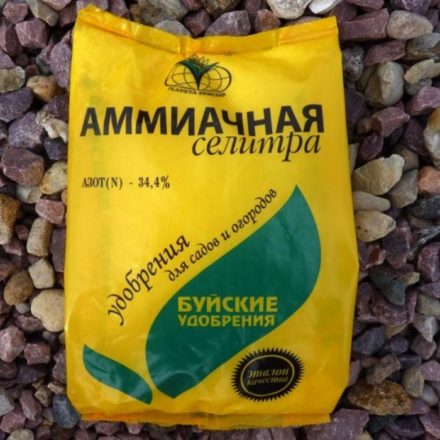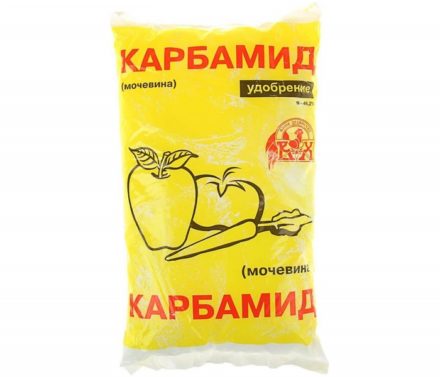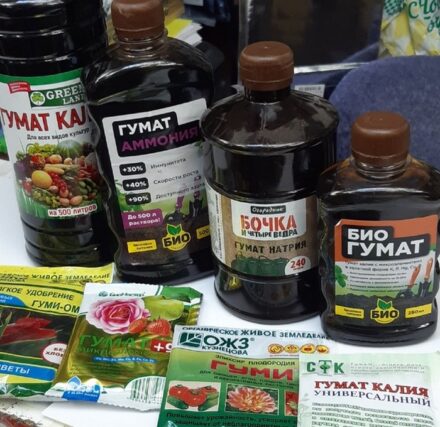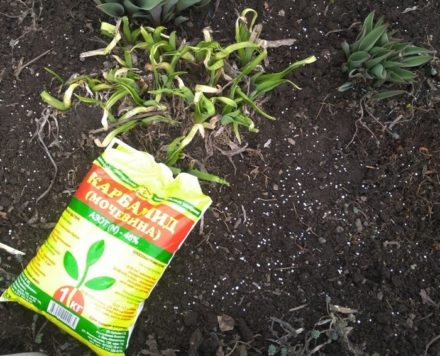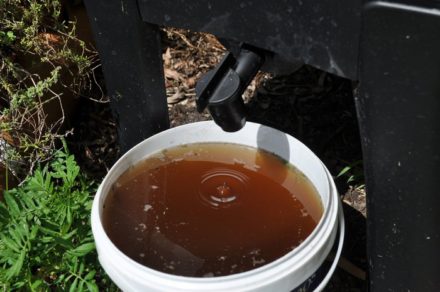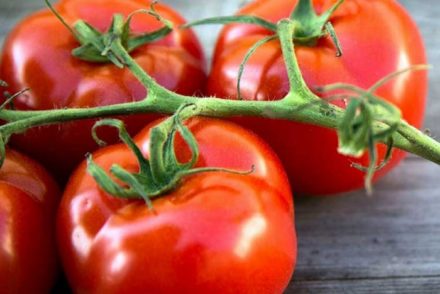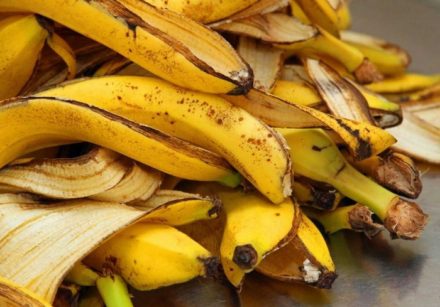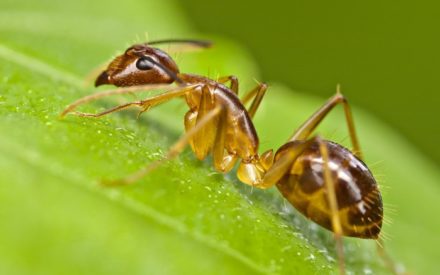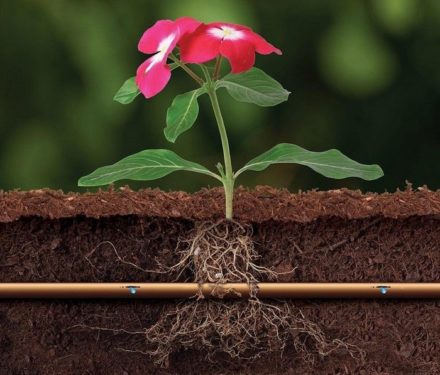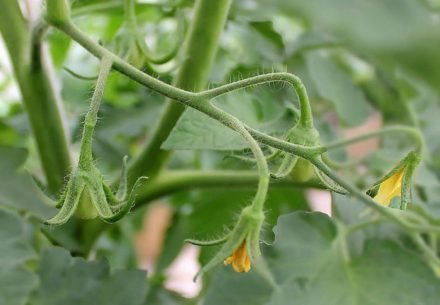Many gardeners use superphosphate to fertilize plants. The benefits of using this supplement are undeniable. Saturation of the soil with phosphorus helps accelerate the growth of seedlings, stimulates the formation of a high-quality root system, improves flowering and fruit formation. You can get the maximum effect from applying fertilizer by eliminating basic application errors.
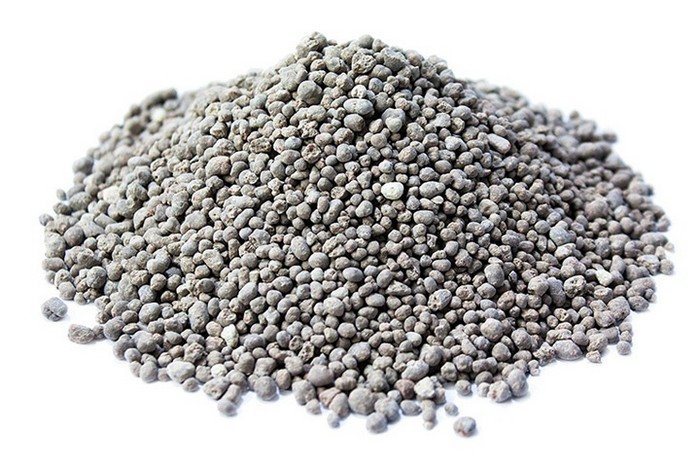
Incorrect material application
Phosphorus is weakly mobile in soil. For good absorption of the substance by the plant, direct contact between the fertilizer and the root of the seedling is necessary. Therefore, during spring preparation and planting seeds, it is necessary to simultaneously lay granules, and not scatter them over the bed and then water them. The characteristics of a particular plant are taken into account, since there are horizontal and vertical root systems.
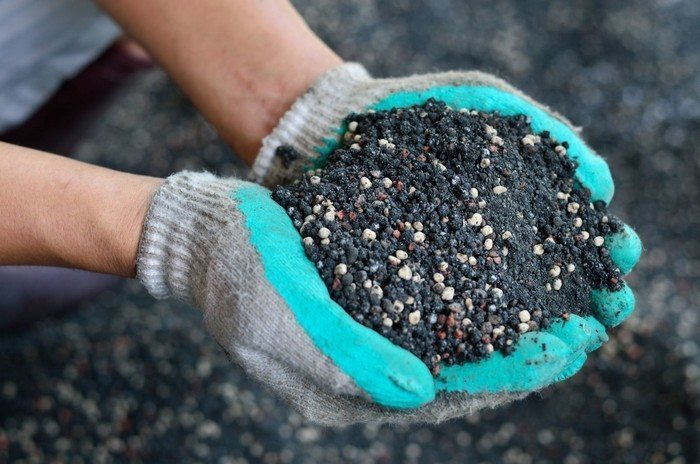
Incorrect preparation of superphosphate solution
To apply fertilizer in liquid form, you need to mix the mixture with water, but superphosphate granules do not dissolve well. Often, gardeners simply mix the material with water without maintaining the correct concentration of the substance, and the fertilizer is not effective enough.
To eliminate this problem, it is necessary to prepare an extract from superphosphate. One and a half glasses of fertilizer are poured into three liters of boiling water. The container with the liquid is placed in a warm place; it is important to stir the solution periodically.Within a day, superphosphate transforms into an easily digestible form, and the liquid is ready for use.
All that remains is to strain the resulting fertilizer, since gypsum will remain at the bottom of the bucket. For 10 liters of water, add 150 ml of the prepared mixture; this solution is excellent for watering seedlings.
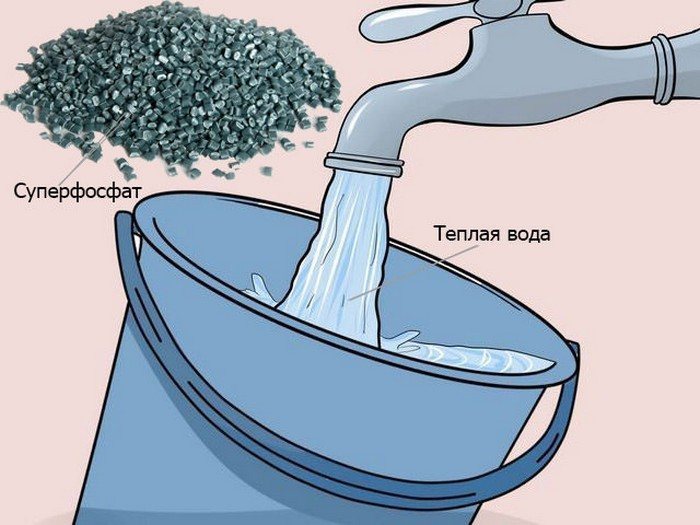
Failure to comply with fertilizer digestibility conditions
To determine the amount of phosphorus required, it is important to consider the acidity of the soil. At normal soil pH levels, the substance is completely absorbed. Elevated values indicate that the soil is alkaline, which means it contains a large amount of calcium.
When interacting with calcium, the fertilizer is no longer absorbed by plants. So, at a pH value of 7.0, phosphorus will be absorbed by seedlings by 10%; at a pH value of 8.0, superphosphate will be absorbed by only 30%. Regulating soil acidity will help improve the absorption of the substance.
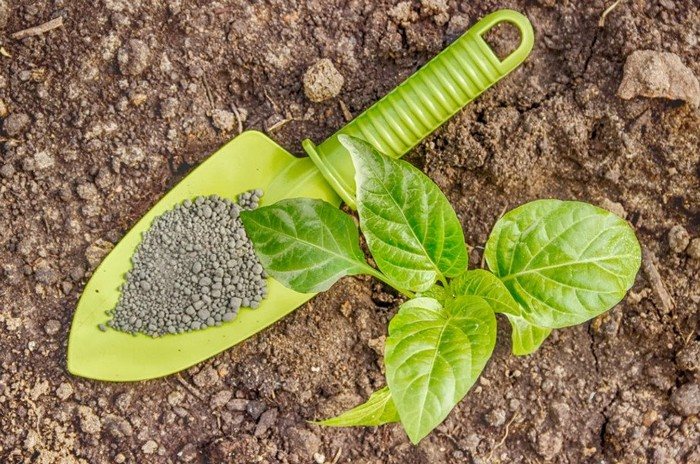
Plants show signs of phosphorus deficiency or excess, so you should pay attention to the condition of the leaves, stems, and fruits. It is important to take into account the application features and avoid mistakes when using the substance. Otherwise, the use of mineral fertilizer will be ineffective.



